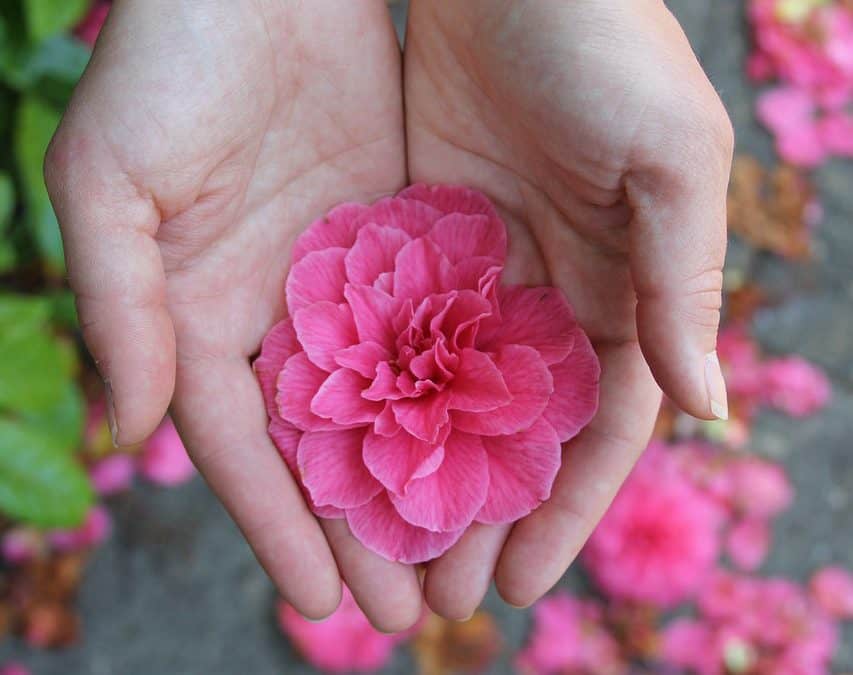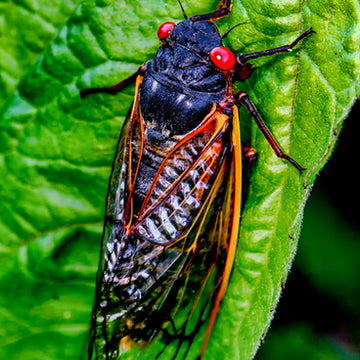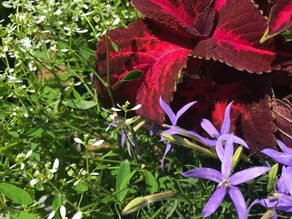Updated: Oct 24, 2023
FERTILIZER IS NOT FOOD
Fertilizer is often misunderstood and misused. Fertilizer is not “food”. Plants produce their own food in the form of sugars through photosynthesis.
Fertilizer adds minerals and nutrients that are needed for photosynthesis and growth. When you add fertilizer, you are helping the soil maintain an adequate amount of minerals and nutrients so that your plants can sustain growth over a period of time.
Fertilizer should not be considered a cure for ailing plants; it can cause more damage if used incorrectly. Plants need healthy viable roots to be able to absorb the nutrients that feed the plant.
Keep this in mind when fertilizing trees and shrubs:
-
Fertilizer is beneficial when it is needed;
-
Use it in the right amount and at the right time.
HOW OFTEN SHOULD I USE FERTILIZER?
Fertilizing three times a year will provide a steady supply of minerals and nutrients to your plants, trees and shrubs. The best time to fertilize is when there is plenty of moisture in the soil, in early spring (March & April), early summer (June) and again early fall (September). Healthy plants are less susceptible to attacks from insects and disease.
WHAT KIND OF FERTILIZER IS BEST?
The three major elements in fertilizer are Nitrogen (N), Phosphate (P) and Potassium/Potash (K) and each of these elements has a specific purpose;
-
Nitrogen (N) promotes leaf development, foliage growth and can help lower the soils ph for acid loving plants
-
Phosphate (P) promotes strong stems and bud/bloom development
-
Potassium/Potash (K) promotes root development and plant cell growth
The labels on fertilizer will list the N-P-K in number form. An example is 10-20-10.
To boost green growth, apply a fertilizer with higher nitrogen particularly in the spring when there is more moisture available. Higher nitrogen also helps lower the ph, making the soil more acidic. This is good for broadleaf and conifer evergreens.
Plants that bloom continuously throughout the season require more phosphate to develop bud and bloom. Roses, althea, hibiscus and most annuals will explode in color with an application of fertilizer with higher phosphate.
All plants need potassium/potash because it helps roots to become strong. New plantings benefit from applications of potassium/potash particularly the first year to establish root. Bulbs and root vegetables require higher potassium/potash for better yields.
Knowing how the basic elements of fertilizer work makes it is easier to determine what your plants need from season to season. Remember to always read the label so you know how much fertilizer to apply for your specific plants, trees and shrubs.
If you are ever in doubt, please contact us. With over 10-acres of annuals and perennials to take care here at Passiglia’s, our nursery staff are experts in this area and will help you find exactly what your plants need to thrive.
 636-458-9202
636-458-9202


 Landscape Design & Installation
Landscape Design & Installation





